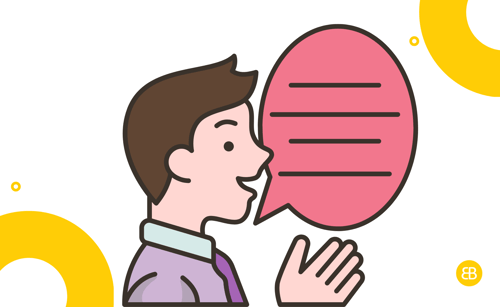Utterance in App Development: Role in User Interaction & Design

An utterance is any spoken or written input given by a user to a voice assistant, chatbot, or AI-powered app — it’s how users express what they want the system to do.
Why It Matters
-
Forms the foundation of natural language interactions in voice and chat apps
-
Enables AI to understand user intent and respond meaningfully
-
Supports seamless, hands-free user experiences
-
Improves automation through clearer input patterns
-
Drives better personalisation based on how users naturally speak or type
Use This Term When...
- Designing voice-based or conversational interfaces
- Training AI or NLP models to recognise user intent
- Defining possible user inputs for chatbot responses
- Testing how well the app understands various ways users phrase questions
- Improving accessibility for users who prefer voice over touch
Real-World Example
In one of our projects, we mapped out user utterances to train a voice assistant feature within the app. This ensured accurate intent recognition and improved the overall effectiveness of voice interactions.
Founder Insight
Users don’t always say things the way you expect. A strong utterance library helps your system understand messy, real-world inputs — not just perfect commands.
Key Metrics / Concepts
- Intent Recognition – The system’s ability to map an utterance to a goal
- Confidence Score – How sure the system is about interpreting the input
- Fallback Rate – Frequency of utterances the system doesn’t understand
- Utterance Coverage – Variety of user expressions your system can handle
- Training Data – Real utterances used to teach your system how to respond
Tools & Technologies
- Dialogflow – Used to define intents and train utterance handling
- Amazon Lex – Supports utterance-based interactions for Alexa and chat
- Rasa – Open-source framework for building conversational AI
- Voiceflow – Visual builder for designing voice and chat experiences
What’s Next / Future Trends
Utterance handling is getting smarter with context-aware AI and multi-turn conversations. Systems will not only understand what was said, but also what was meant — leading to more natural and human-like digital assistants.
Related Terms
Intent – The goal behind an utterance
Natural Language Processing (NLP) – The tech behind understanding utterances
Voice Analytics – Tracks performance of spoken input
Chatbots – Use utterances to drive conversations
Prompt Engineering – Helps shape AI responses to various utterances
Helpful Videos / Articles / Pages
When Users Combine Multiple Intents In One Utterance Chatbots Struggle
Call to Action
Still unsure how utterances shape your voice or chat experience? Book a discovery call with our team — we’ll help you design smarter interactions that understand your users.